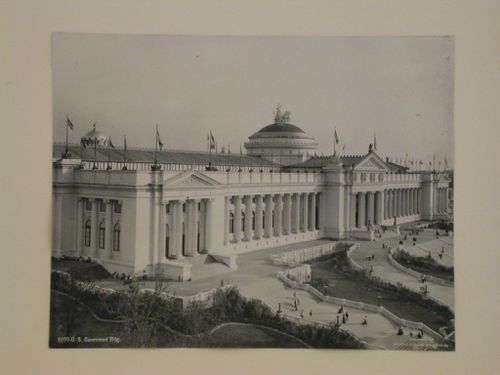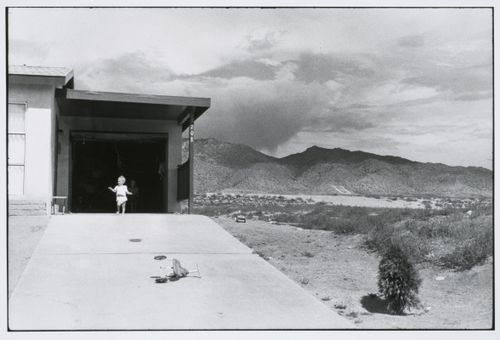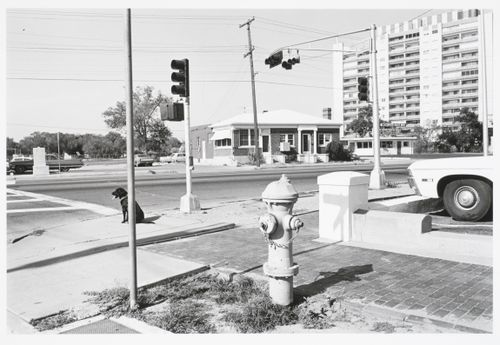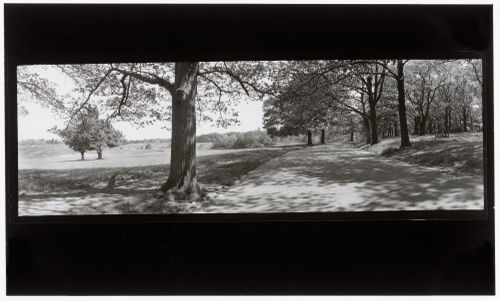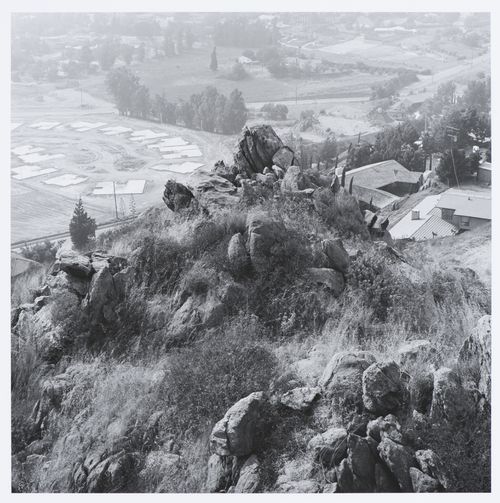PH1982:0094
1904
PH1984:0420
1957
PH1985:0306
1972
PH1989:0205
May 1989
Projet
AP027.S1.D54
Description:
This project series documents a presentation for the 1976 U.S. Bicentennial Corporation in Philadelphia. The project was a proposed plan for US1 highway to become a 2000 mile national exhibition from Madawasha, Maine to Key West, Florida. The plan was presented as an opportunity to create a national exhibition of incomparable scale.
design d'exposition
1971-1972
United States One (1971-1972)
Actions:
AP027.S1.D54
Description:
This project series documents a presentation for the 1976 U.S. Bicentennial Corporation in Philadelphia. The project was a proposed plan for US1 highway to become a 2000 mile national exhibition from Madawasha, Maine to Key West, Florida. The plan was presented as an opportunity to create a national exhibition of incomparable scale.
File 54
1971-1972
design d'exposition
photographies
PH1991:0146
1930s-1940s
photographies
1930s-1940s
photographies
PH1991:0152
1930s-1940s
photographies
1930s-1940s
Projet
AP173.S1.2001.D4
Description:
Series documents Lars Spuybroek's project ObliqueWTC in New York, United States, a proposal for the new World Trade Center for the Max Protetch Gallery in New York. Material in this series was produced around 2001. The series contains slides of drawings and a presentation drawing. This project may also include digital design material, which has yet to be processed and which will available for consultation in 2017.
ca. 2001
ObliqueWTC, New York City, United States (2001)
Actions:
AP173.S1.2001.D4
Description:
Series documents Lars Spuybroek's project ObliqueWTC in New York, United States, a proposal for the new World Trade Center for the Max Protetch Gallery in New York. Material in this series was produced around 2001. The series contains slides of drawings and a presentation drawing. This project may also include digital design material, which has yet to be processed and which will available for consultation in 2017.
Project
ca. 2001
Projet
AP164.S1.2003.D12
Description:
The project series documents the commission for the new Gallery Building in Miami, Florida, United States. The museum would include the Rosa de la Cruz and Craig Robins’ art collections. The building was designed to include temporary and permanent exhibitions’ showrooms, offices, architectural promenade, esplanade, interior patio with a garden, etc. The gallery was never built. The firm identified this project as number 175. Documenting the project are conceptual, design development and presentation drawings, correspondence, invoices, notes, agreements, proposals, and reference and graphic materials.
2003-2006
The Collection building, Miami, United States (2003)
Actions:
AP164.S1.2003.D12
Description:
The project series documents the commission for the new Gallery Building in Miami, Florida, United States. The museum would include the Rosa de la Cruz and Craig Robins’ art collections. The building was designed to include temporary and permanent exhibitions’ showrooms, offices, architectural promenade, esplanade, interior patio with a garden, etc. The gallery was never built. The firm identified this project as number 175. Documenting the project are conceptual, design development and presentation drawings, correspondence, invoices, notes, agreements, proposals, and reference and graphic materials.
Project
2003-2006
PH1985:0201
1978
